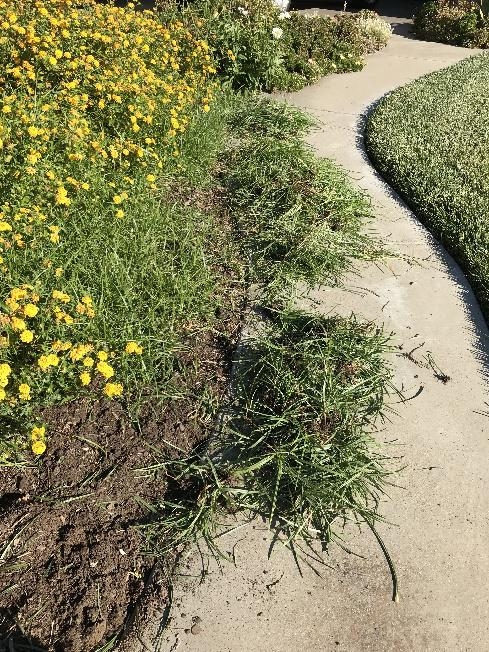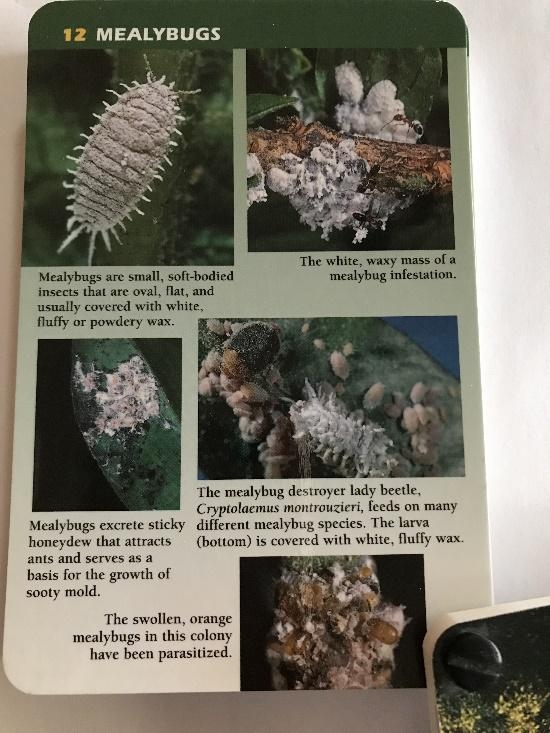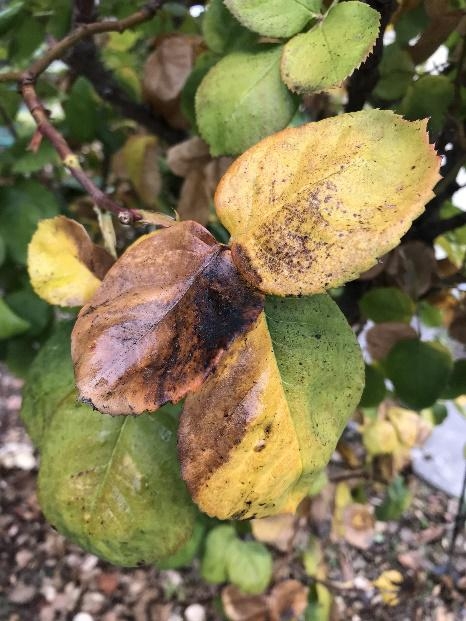A Weed, a Pest, and a Disease

Nutsedges are common weeds in our area, but not common in my garden. This past spring, however, brought an invasion of an unfamiliar grass-like weed that was overtaking an area normally occupied by colorful yellow lantana. Quick research revealed that this intruder was probably lying dormant in the soil and was awakened by our long rainy winter of last year. Sedges thrive in waterlogged soil and their presence often indicates poor drainage and too frequent irrigation. As often happens, weeds do not always follow the game book written by experts. They have taken up residence in a sloped, well drained area normally occupied by drought tolerant lantana. Research confirms that nutsedges are perennial plants that spread by tubers and once established are difficult to control. Tubers are key to nutsedge survival. To limit tuber production, small plants must be removed about every 2 to 3 weeks in summer. Continually removing shoots eventually depletes the energy reserves that would go into producing more tubers. Mature tubers can resprout more than 3 times. Unfortunately, the best way to remove small plants is to pull them by hand or to hand hoe. Tilling to destroy mature plants only spreads the infestation around. Few herbicides are effective at controlling nutsedge because most herbicides aren't effective against tubers. For more information on controlling sedges, see UCIPM Pest Notes Publication 7432

Thinking of these insects brings memories of the damage they do to my succulents. Naturally occurring predators and parasites often keep mealybugs (mealies) under control, but my experience has shown that small infestations quickly turn into colonies resulting in leaf distortion, premature leaf drop and shoot dieback when I am not vigilant n detecting their arrival on my succulents. Mealybugs are small, oval, flat and are usually covered with white, fluffy, or powdery wax. Mealybugs often develop into white, cottony masses. As they are sucking insects, mealies produce honeydew which brings ants and the growth of black sooty mold. I have a number of succulents that have survived mealybug damage but bear the scars of the battle to live. Mealybugs often hide where leaves join stems and can advance undetected without frequent checking. Forceful sprays of water are not always practical for succulents and insecticidal soaps or oils are only partially effective. I have found that an old home remedy of rubbing alcohol and a Q-tip applied directly to the mealies provides effective control. Severe infestations need to be pruned out to avoid spreading. Avoid using broad-spectrum insecticides that may also kill beneficial insects.

Rust diseases are quite common among different trees and shrubs, particularly roses. Rust appears as red or orange spore masses on the surfaces of the infected host. Each type of rust is specific to particular hosts. Close inspection of your landscape will probably reveal several areas of rust. Although rust is unsightly, it is not a cause for alarm, as it is rarely fatal. Low levels of damage can be tolerated. Rust diseases like cool, moist weather. Among the recommendations to prevent rust is to select resistant varieties and to plant them in a sunny location. This is especially true for roses. Normally, you want to avoid overhead watering, which spreads rust spores. On roses where rust or black spot are problems, do not use water sprays alone to control aphids. During winter, it is especially important to rake and remove infected leaves. Prune out and destroy infected shoots and branches to prevent spreading. Although I could not find any references to rust spores causing problem with allergies, it is still a good idea to wear a mask when raking and removing any debris that contains dust and spores, whether they be mold, mildew, or rust. Fungicides generally are not recommended to control rust diseases in the landscape.